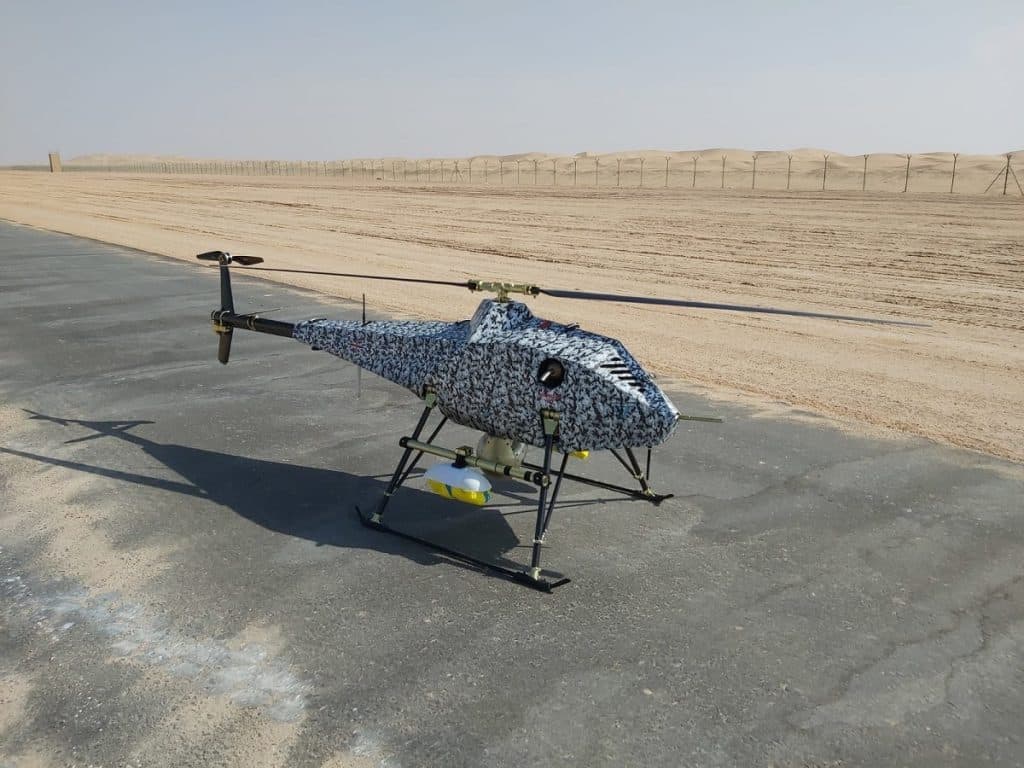UAVOS to demonstrate unmanned helicopter for search and rescue maritime missions
February 24, 2020 | AUVSI News

During UMEX 2020, UAVOS and its partner ISR Unmanned Technology will conduct search and rescue maritime missions using their joint ISR350-5 unmanned helicopter.
Designed for civilian and security missions, the ISR350-5 UAS will perform rescue tasks, including dropping a life jacket into the water. In preparation for these exercises, UAVOS has modified the lifejacket by fitting it with a water anchor.
The demonstration flights will seek to prove the advantages of using an unmanned helicopter for maritime patrolling, especially when the aircraft is equipped with multiple sensors.
“We look forward to providing the best possible support for the search and rescue maritime work,” says Aliaksei Stratsilatau, UAVOS CEO. “This is a good example of how UAVOS and ISR Unmanned Technologies are delivering proven technologies to support operational needs of the customers.”
The flight series will include other demonstrations such as intelligence, surveillance and reconnaissance (ISR) missions, which UAVOS notes brings increased persistence, capability, and capacity through their multi-sensor mission payloads. The ISR350-5 unmanned helicopter carries the Gyro-stabilized two-axis gimbal for day and night surveillance, in addition to Laser Rangefinder, which can detect, identify, locate and report targetable data.
The work of a payload and of the onboard telemetry, as well as the flight task for most aerial applications, can be synchronized thanks to UAVOS’ autopilot. The helicopter also benefits from a Portable Ground Control Station (PGCS) based on a console with controls and a docking interface for a military-grade rugged Getac X500 laptop computer for command, control and payload management.
To support real-time aerial data links for the reconnaissance missions and high-bandwidth demand of PGCS-to-UAV operations, the Tracking Antenna System works with the pMDDLRadio transceivers. The system provides continuous data communication about the signal strength and GPS location information for real-time alignment of antenna direction with LOS.
- Industry News


